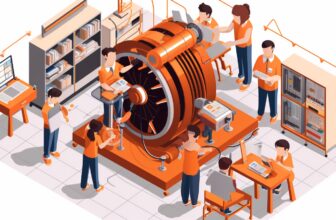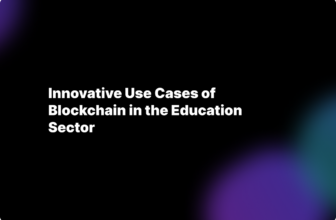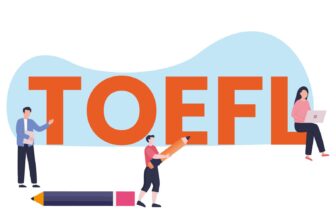
Education has come a long way from the days of dusty textbooks and chalkboard lectures. In today’s digital age, we are witnessing a seismic shift towards multimedia learning, with videos and blogs taking center stage.
This transformation is not merely a trend; it represents a fundamental change in the way we acquire knowledge. In this blog post, we will delve into the advantages of learning from videos and blogs, exploring their interactive nature, accessibility, and real-world applications. We will also examine their role in promoting self-paced learning, personalized experiences, and increased student engagement.
Table of Contents
The Shift from Textbooks to Multimedia Learning
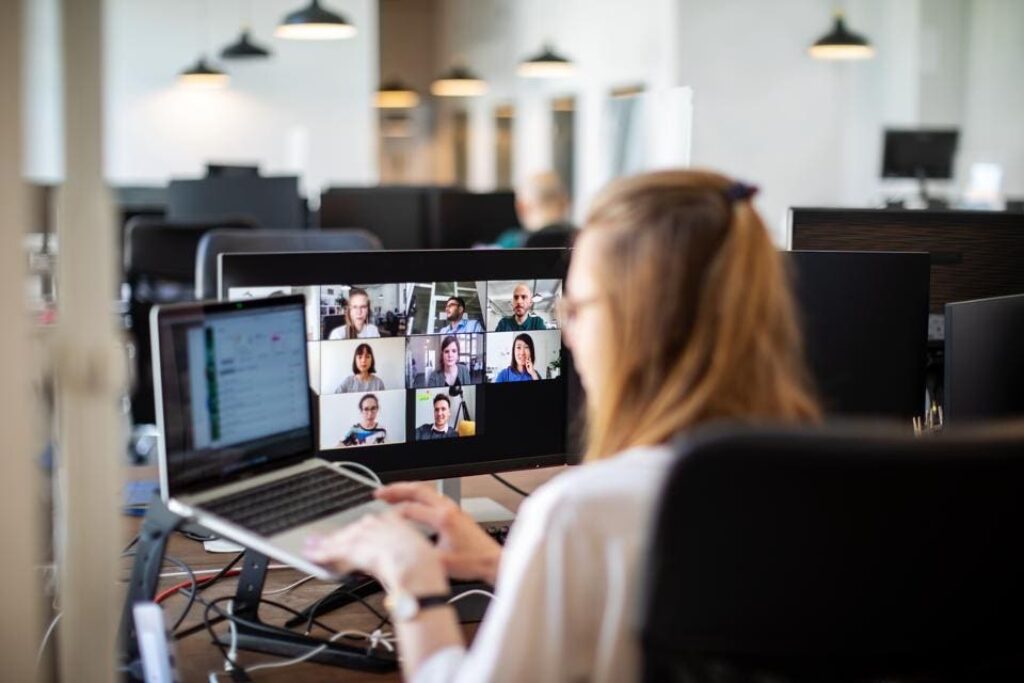
Source: forbes.com
The shift from textbooks to multimedia learning represents a monumental change in education. Traditional textbooks, with their static pages and limited interactivity, are gradually being replaced by dynamic multimedia content. This transformation acknowledges the diverse styles of today’s students and leverages the power of technology to engage and educate.
Multimedia studying, through videos and blogs, offers a more immersive and interactive experience, catering to visual and auditory learners alike. It breaks down geographical barriers, making education accessible to a global audience.
In this digital age, where information is at our fingertips, the move towards multimedia studying is not just a trend; it’s a paradigm shift that empowers learners to explore and acquire knowledge in ways that were once unimaginable with traditional textbooks.
Benefits of Visual Learning through Video Content
Visual learning has been proven to enhance comprehension and retention. Videos, with their combination of visuals, audio, and text, engage multiple senses simultaneously. This multisensory experience allows learners to grasp complex concepts more effectively than static text alone.
Whether it’s science experiments, historical reenactments, or art tutorials, videos bring subjects to life and make studying a truly immersive experience.
Exploring the Interactive Nature of Video-Based Education
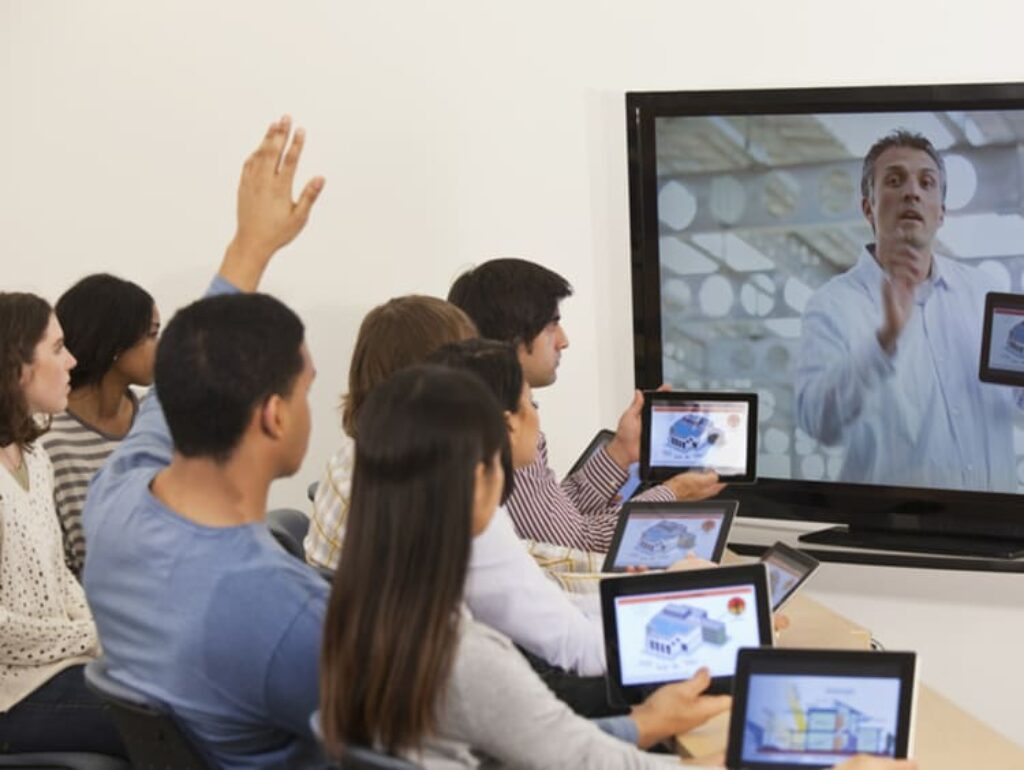
Source: gcu.edu
One of the key advantages of video-based education is interactivity. Online platforms often include quizzes, discussions, and interactive elements that encourage active participation. Learners can pause, rewind, or fast-forward through content to suit their pace, ensuring a personalized studying experience.
Furthermore, comment sections and discussion forums provide opportunities for learners to ask questions, share insights, and collaborate with peers, fostering a sense of community and engagement.
These features allow learners to actively engage with the material and with each other, creating a vibrant learning environment where knowledge is not just absorbed passively but is actively explored and discussed—check out here how these interactive elements enhance the educational journey.
Accessibility and Inclusivity in Video and Blog Learning
Accessibility and inclusivity lie at the heart of video and blog learning’s transformative potential. Unlike traditional learning materials, multimedia content can be adapted to suit a wide range of individual needs. Subtitles, transcripts, and assistive technologies make content accessible to learners with disabilities, ensuring that education is truly inclusive.
Moreover, the digital nature of videos and blogs eliminates geographical barriers, allowing individuals from diverse backgrounds and locations to access quality educational resources. This inclusivity fosters a rich exchange of ideas and perspectives, enriching the learning experience for all.
In a world striving for equity in education, video, and blog learning are invaluable tools, breaking down barriers and ensuring that knowledge knows no bounds, empowering learners from all walks of life to thrive in the digital age.
The Role of Blogs in Promoting Self-Paced Learning
Blogs, with their conversational tone and easy-to-navigate structure, empower self-paced learning. Readers can choose the topics that interest them most, delve into in-depth articles, and explore related content at their leisure.
The availability of blogs covering virtually every subject imaginable ensures that learners can pursue their passions and curiosities outside the constraints of a traditional curriculum.
Leveraging Multimedia for Real-world Application of Knowledge
Multimedia content often goes beyond theory, offering practical applications of knowledge. Educational videos frequently include demonstrations, simulations, and case studies that bridge the gap between theory and practice.
Blogs, on the other hand, can provide real-world insights and experiences shared by experts in various fields. This practical dimension of multimedia learning equips learners with skills and know-how they can use in their careers and everyday lives.
Personalized Learning Experiences through Video and Blogs
One-size-fits-all education is increasingly being replaced by personalized learning experiences. Videos and blogs allow learners to tailor their educational journey to their specific needs and preferences.
Advanced algorithms can recommend content based on past interactions, ensuring that learners receive relevant and engaging material. This personalization enhances motivation and helps learners stay committed to their educational goals.
The Impact of Multimedia Learning on Student Engagement

Source: bau.edu
Engagement is the holy grail of education, and multimedia content excels in this regard. Videos and blogs are inherently captivating, drawing learners in with compelling visuals, narratives, and diverse voices. Interactive elements, such as quizzes and discussions, transform passive learners into active participants, promoting deeper understanding and retention of information.
As a result, multimedia education often leads to higher levels of student engagement compared to traditional methods.
Challenges and Potential Solutions for Video and Blog Learning
While multimedia learning offers numerous advantages, it is not without its challenges. One of the primary concerns is the proliferation of misinformation and low-quality content on the internet.
To address this, educators and learners must develop critical thinking skills and digital literacy to discern credible sources from unreliable ones. Additionally, ensuring equitable access to multimedia education remains a challenge in some regions, highlighting the need for improved infrastructure and connectivity.
Case Studies of Successful Multimedia Education Implementations
To highlight the transformative power of multimedia education, let’s explore a few case studies of successful implementations. The Khan Academy, a nonprofit organization, has revolutionized math education with its extensive library of video tutorials.
Coursera and edX have democratized higher education by offering online courses from renowned universities. These platforms showcase how multimedia content can reach learners worldwide, breaking down barriers to quality education.
Conclusion
In conclusion, the shift from textbooks to multimedia learning is a testament to the evolving landscape of education. Videos and blogs offer a wealth of benefits, including visual learning, interactivity, accessibility, and personalization.
They bridge the gap between theory and practice, promoting deeper engagement and self-paced studying. While challenges exist, they can be overcome with digital literacy and improved access. As we continue to embrace the future of education through multimedia, we open doors to a world of knowledge that is dynamic, inclusive, and truly transformative.
The textbooks of yesteryears are giving way to a new era of learning—one that empowers learners to explore, discover, and thrive in a multimedia-rich educational landscape.



